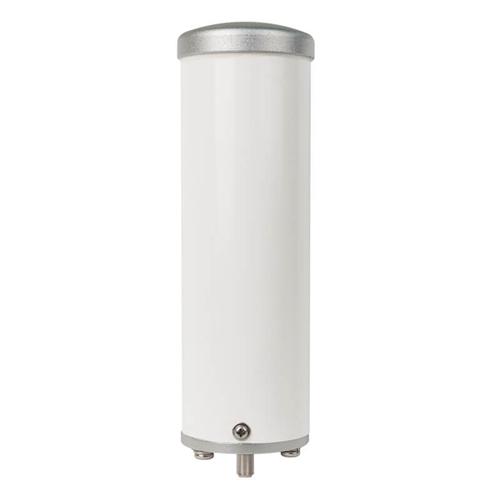I have to admire people who want to use every possible option to improve cell service. For these folks, it’s not about just getting one or two bars at home, they want to blanket the whole home with five bars. They’ve researched the location of every local tower and want to point as much antenna reception right at each tower. Should you consider something like this?
Why have multiple antennas?
Whether you realize it or not, you’re probably in range of close to a dozen cell towers. Some towers serve multiple carriers, but more often than not, you’ll find your AT&T service coming from one tower, your Verizon from another, and your Sprint or T-Mobile coming from another altogether.
Pointing an antenna at each tower directly makes it possible to take the best possible advantage of each tower. A high-gain antenna pointed straight at that tower will give you super reception.
I wrote a quick tutorial a few months ago that describes the process, but it boils down to using a cheap combiner and aiming carefully.
Why not have multiple antennas?
The problem with multiple antennas is that it’s really hard to isolate the signals. You want to make sure that when you point the antenna at that Verizon tower, it gets absolutely no AT&T reception. That can be pretty hard. If there is any crosstalk, you’ll potentially get worse reception than you did before. You can definitely spend a lot of time researching cell tower locations and then use filters on each antenna to pull in only the bands you want, but at this point you’re beginning to spend some serious money.
A better option

Rather than getting really crazy with multiple directional antennas, check out this super-powered omnidirectional antenna from weBoost. It’s not as powerful as a directional antenna, but its 5dB of gain really does give you an advantage over most of the outdoor antennas packaged with residential cell boosters. Put it up nice and high — I recommend 15 feet of vertical separation between antennas — and in many cases that should be all you need to make sure you get the reception you deserve, without turning your house into an expensive antenna farm.
An omnidirectional antenna will pull in signals from all the nearby towers and 5dB of boost means you’re more than making up for the extra cable run you’ll need to put it up nice and high.
Why buy weBoost products from Solid Signal?
I’ll be honest… you know and I know that in many cases you can buy this sort of thing anywhere. The prices are usually fixed and so I won’t blame you if you look into somewhere you’ve shopped before. However, first let me stick in my two cents. Solid Signal keeps a full staff in its 100% US-based call center to help with tech support issues. Cell boosters are easy to install but they’re not quite to the point of being a “commodity.” If you need a little bit of help, it’s nice to have someone on your side. Tech support’s avaiable during business hours, and the number is 888-233-7563.





